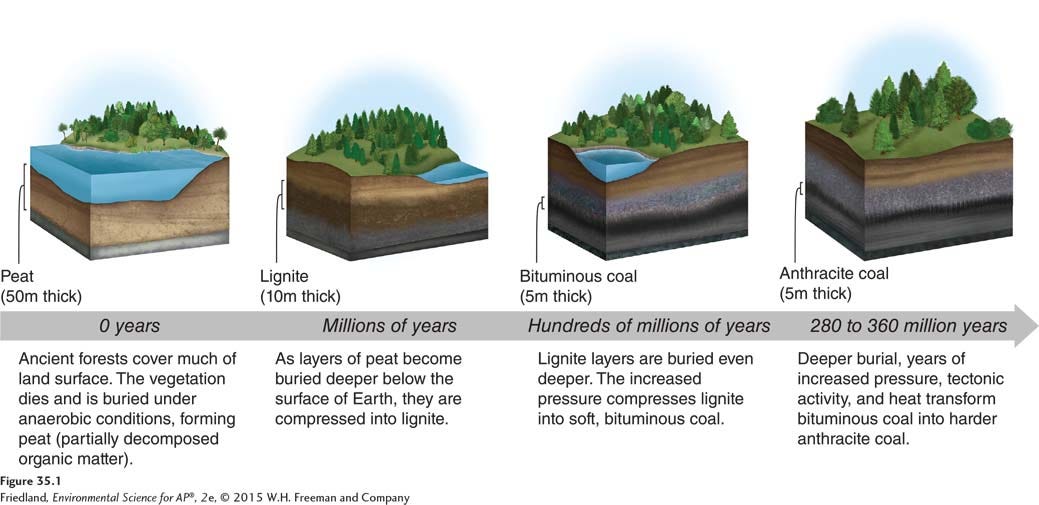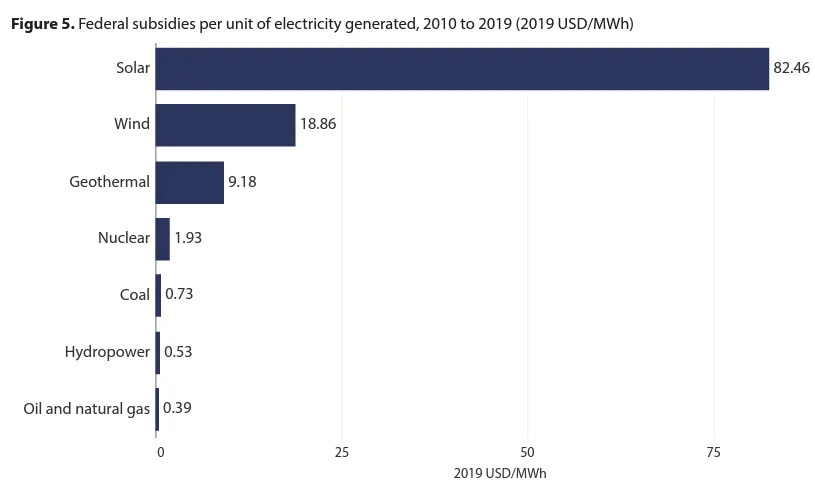In Defense of America’s Most Hated Energy Source
The fuel that built modern America isn’t obsolete... It’s essential!
Coal built America’s power grid and lifted millions into the middle class. Today, it’s treated like a dirty word, while China builds more coal plants every month than we’ve built in a decade. It’s time to ask why.
To assess coal fairly, let's consider its true history, formation, current role, environmental impacts, and economic realities, particularly compared with heavily subsidized renewable energy sources. Recently, the significance of coal was underscored by the Executive Order "Reinvigorating America’s Beautiful Clean Coal Industry and Amending Executive Order 14241," signed on April 8, 2025, which aims to bolster America's coal industry through regulatory adjustments, enhanced infrastructure support, and strategic economic initiatives.
The Formation and Finite Nature of Coal
Coal is a combustible sedimentary rock formed predominantly from ancient plant material that accumulated in swampy environments hundreds of millions of years ago. As these plants died and were buried under layers of sediment, they were subjected to heat and pressure over geological timescales. This process transformed them first into peat, then lignite, and eventually into higher-grade coals like bituminous and anthracite.
The presence of abundant plant fossils in coal seams provides unambiguous evidence of coal’s biotic origin… unlike the ongoing debates surrounding oil and gas. I have written extensively about the origins of oil and gas: “Fossil fuels aren't from dinosaurs, but evidence suggests they are the remnants of past living organisms.” & “The Dangerous Delusion of Limitless Oil: Why Titan's Methane Means Nothing for Earth.”
It’s important to recognize that, regardless of how much coal we currently have, coal is not a renewable resource on any meaningful timescale. The same geologic processes that formed coal take millions of years, far longer than the rate at which we extract and burn it. Whether or not we continue to use coal, it is virtually certain that it will not be a major energy source in a century or two simply because the supply cannot be replenished. Any rational discussion about coal's role should include this context: coal is not inexhaustible, and its future use should be framed as a bridge to more sustainable long-term solutions.
Detailed Summary of the Executive Order
The recent Executive Order, "Reinvigorating America’s Beautiful Clean Coal Industry and Amending Executive Order 14241," signed by President Donald J. Trump on April 8, 2025, emphasizes coal's critical role in America's economic prosperity, national security, and energy independence.

The order outlines clear policies to enhance coal production and utilization:
National Security and Economic Prosperity: It identifies coal as essential to meeting rising energy demands driven by renewed domestic manufacturing and the construction of artificial intelligence data processing centers.
Regulatory Adjustments: It mandates removing federal regulatory barriers to coal production and ensures federal policies do not discriminate against coal.
Enhanced Accessibility: The order calls for expedited coal leasing on federal lands, lifting previous moratoriums, and prioritizing coal-related activities to maximize the accessibility and utilization of coal reserves.
Support for Coal Exports: Agencies are directed to identify and promote international opportunities for American coal and coal technologies.
Technological Development: Accelerating development and commercialization of advanced coal technologies, including innovations in coal byproducts like carbon fiber and synthetic graphite, is emphasized.
Energy Policy Integration: The order instructs federal agencies to rescind policies discouraging coal production and coal-fired electricity generation, further ensuring fair market competition.
While the order marks a significant shift in tone and policy toward fossil fuels, particularly coal, its real-world impact must be considered alongside the rise of a competing force in America’s energy landscape: natural gas.
The Rise of Shale Gas and Directional Drilling
Perhaps the single greatest disruption to coal's dominance wasn’t solar or wind, or even government regulations… it was natural gas, unleashed by the technological revolution in directional drilling and hydraulic fracturing. Beginning in the mid-2000s, these innovations unlocked vast reserves of shale gas across the United States, drastically lowering the price of natural gas and flooding the market with cheap, abundant, and relatively cleaner-burning fuel.
This transformation reshaped American energy economics. Power plants increasingly shifted from coal to gas not due to environmental regulation alone, but because of simple cost-benefit analysis. Natural gas outcompeted coal on price, flexibility, and in some cases, emissions.
Additionally, the widespread adoption of hydraulic fracturing, or "fracking," transformed energy production in states like Texas, Pennsylvania, and North Dakota. While demonized in popular discourse, fracking enabled the U.S. to become the world’s top energy producer. But it also introduced new debates around water use, seismic activity, and methane leakage… topics I've explored at length in my earlier Substack posts on fracking and the energy tradeoffs we face.
This context raises an important question about the new executive order’s effectiveness: if cheap natural gas remains the primary driver behind coal’s decline, will removing regulatory barriers alone be enough to reverse course? Without addressing the market dominance of fracked gas, government support for coal may act more as a symbolic nod to energy nostalgia than a lever for substantive change.
Nevertheless, in an energy market that has been warped by selective subsidies and regulatory discrimination, coal’s case for a level playing field remains strong. And if grid reliability, domestic job creation, and geopolitical energy independence are to be taken seriously, then coal’s inclusion in our portfolio, especially during the transition to nuclear, cannot be dismissed.
Subscriber-only Content
Dive deeper into the buried history, overlooked science, and global case studies the media ignores. If you're tired of shallow narratives and crave sharp, data-backed insight into America's energy policy… this is your next move.
👉 Become a subscriber to IrrationalFear.com and get the rest of this article, plus exclusive access to all 350 past and future pieces. Thank you for the support!
Keep reading with a 7-day free trial
Subscribe to Irrational Fear to keep reading this post and get 7 days of free access to the full post archives.






